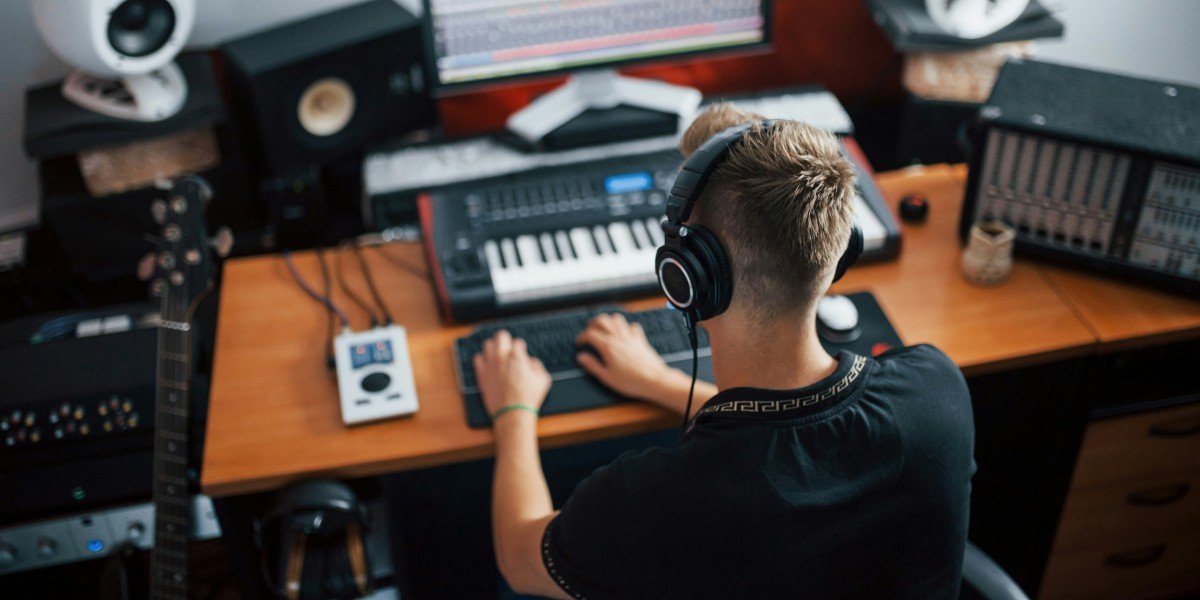Spatial Audio in Music Production: Techniques, Tools, and Creative Impact
Spatial audio has become a defining feature of modern music production, offering a multidimensional listening experience that extends beyond traditional stereo and surround formats. As mobile devices and streaming platforms increasingly support immersive playback, producers and engineers are exploring new ways to shape sound in three-dimensional space.
Understanding Spatial Audio
Spatial audio refers to the simulation of sound in a 360-degree environment, allowing listeners to perceive directionality, distance, and movement. Unlike stereo, which distributes sound across two channels (left and right), spatial audio uses multiple channels and object-based mixing to position sounds anywhere within a virtual space. Surround sound formats like 5.1 or 7.1 offer horizontal placement, but spatial audio adds verticality and depth, creating a more lifelike experience.
According to Dolby Laboratories, spatial audio “places sounds all around the listener—above, below, and behind—creating a more realistic and immersive experience.”
Dolby Atmos and Object-Based Mixing
Dolby Atmos is one of the most widely adopted spatial audio formats in music. It allows producers to mix audio as discrete objects rather than fixed channels. Each sound object can be assigned coordinates in a three-dimensional space, giving engineers precise control over placement and movement.
In music production, Dolby Atmos enables dynamic arrangements where vocals, instruments, and effects can shift around the listener. This is especially effective in genres that benefit from spatial storytelling, such as ambient, classical, and experimental electronic music.
Dolby’s professional guide outlines the workflow for Atmos music mixing, including the use of a renderer, bed tracks, and ADM BWF export formats for distribution.
Binaural Rendering for Mobile Playback
While full Atmos playback requires specialized speaker setups, binaural rendering makes spatial audio accessible on standard headphones. Binaural audio uses Head-Related Transfer Functions (HRTFs) to simulate how sound interacts with the human ear, allowing listeners to perceive directionality even with two-channel playback.
Mobile devices often rely on binaural rendering to deliver immersive sound. Apple’s personalized spatial audio, for example, uses head tracking and ear shape scanning to tailor playback to the listener’s anatomy. This technology is integrated into AirPods and supported across Apple Music’s catalog.
Orange’s research into mobile 3D sound highlights how binaural rendering enhances realism without requiring complex hardware.
DAWs Supporting Immersive Mixing
Several digital audio workstations (DAWs) now support immersive mixing workflows, including Dolby Atmos integration. On desktop, tools like Logic Pro, Nuendo, and Pro Tools offer native Atmos support. Mobile DAWs, while more limited, are evolving to accommodate spatial workflows.
GarageBand for iOS includes spatial panning and supports Apple’s spatial audio format. Koala Sampler and BandLab offer simplified spatial features, such as stereo widening and loop layering, suitable for mobile-first creators.
Ginger Audio’s comparison of DAWs for immersive mixing notes that while full Atmos support is rare on mobile, hybrid workflows using cloud sync and desktop rendering are increasingly common.
Monitoring Spatial Mixes on Headphones

Photo Credit: Unsplash.com
Accurate monitoring is critical when mixing in spatial formats. Headphones present challenges due to the lack of room acoustics and speaker placement. To compensate, producers use virtual room simulation plugins that mimic speaker environments.
Tools like DearVR Monitor, Waves Nx, and Dolby’s binaural renderer allow engineers to preview spatial mixes in headphone environments. These plugins simulate speaker positions, room reflections, and head movement, helping producers make informed decisions.
Sennheiser’s documentation on headphone compensation emphasizes the importance of calibration and virtual monitoring for spatial accuracy.
Plugins and Renderers for Binaural Reference
Binaural referencing tools are essential for previewing how spatial mixes will translate to headphone playback. Popular plugins include:
- DearVR Pro – Offers 360-degree panning and room simulation
- Waves Nx – Simulates head tracking and speaker environments
- Dolby Atmos Renderer – Converts multichannel mixes to binaural format
These tools help producers evaluate spatial placement, depth, and movement without relying on full speaker arrays. Production Expert’s plugin comparison highlights the strengths and limitations of each tool in immersive workflows.
Enhancing Musical Storytelling
Spatial audio opens new possibilities for emotional and narrative expression. By placing sounds in three-dimensional space, artists can guide listener attention, create tension, and evoke specific moods.
For example, a vocal track that moves from behind the listener to the front can simulate intimacy or confrontation. Percussion elements placed above or below can add energy or disorientation. These techniques are especially effective in genres like ambient, cinematic, and experimental pop.
NumberAnalytics notes that spatial storytelling enhances engagement by aligning sound movement with emotional arcs.
Genre-Specific Applications
Certain genres benefit more from immersive mixing due to their structural complexity or sonic openness. Classical music, with its orchestral depth, is well-suited to spatial placement. Jazz and acoustic recordings gain realism through room simulation and instrument separation.
Electronic genres like hyperpop, lo-fi drill, and synthwave use spatial effects to create surreal or futuristic soundscapes. Hip-hop producers experiment with vocal placement and reverb to simulate physical environments.
Pirate.com’s genre mixing guide outlines how different styles adapt to immersive techniques, emphasizing the importance of creative intent and playback context.
For 3D Sound Placement
Effective spatial mixing requires thoughtful object placement and movement. Engineers consider listener focus, frequency masking, and spatial depth when assigning coordinates to sound objects.
Key practices include:
- Avoiding clutter – Too many objects in one area can overwhelm the listener
- Using automation – Dynamic movement adds interest and realism
- Balancing beds and objects – Beds provide ambient context; objects deliver focal elements
- Testing across devices – Mixes should translate well on headphones, speakers, and mobile playback
Microsoft’s spatial sound design tips recommend using visualizers and renderers to refine placement and ensure consistency across playback environments.

